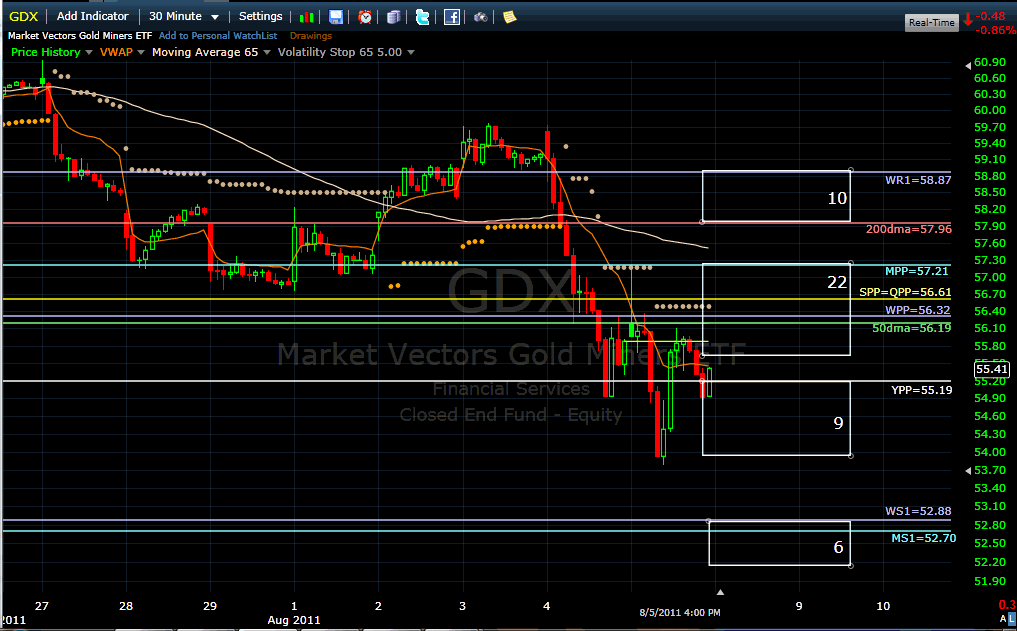Attachment 9707Attachment 9705
Attachment 9706
The IWM Robot is now totally out of any reasonable and reliable historical statistics samples available. There is no way we can allow to put our capital at risk based on blind following of the contradictory ST/LT signals, especially in presence of a dangerous exponentially expanding volatility.
Consequently, Pascal and I jointly decided to switch-off the auto-pilot and to leave the robot in cash until further notice. Starting on Monday, statistics will be published as usual on the robot page, but the signal will be to stay in cash whatever the apparent edges. Dark clouds and storms abound ahead of the market and the traffic controllers are blocking all passengers on the tarmac for survival and safety reasons.
Not only is the robot out of statistical bounds, but more ominously, the 20 DMF itself is now in unknown territory. Pascal will comment on how one can try to pilot “manually” a plane under such conditions with the various tools from the EV website.
My own view is that it is crazy and pure gambling to even try boarding any plane now. Do you remember the old discussion we had about the “Holy Grail of Trading” actually being patient and taking only the highest probability setups? Now is the time to relax in cash until reliable strong edges are back in play and everybody else end up ruined, depressed and exhausted.
Below are the multi-pivots charts of IWM, SPY, QQQ and GDX for your review. They currently all require no other commentary than that Yearly Pivot (YPP) is the key support/resistance and equilibrium for all of them. With the exception of a neutral SPY, they are all under heavy floor selling pressure from the resistance clusters.
Billy
Attachment 9703
Attachment 9708
Attachment 9709





 Reply With Quote
Reply With Quote
